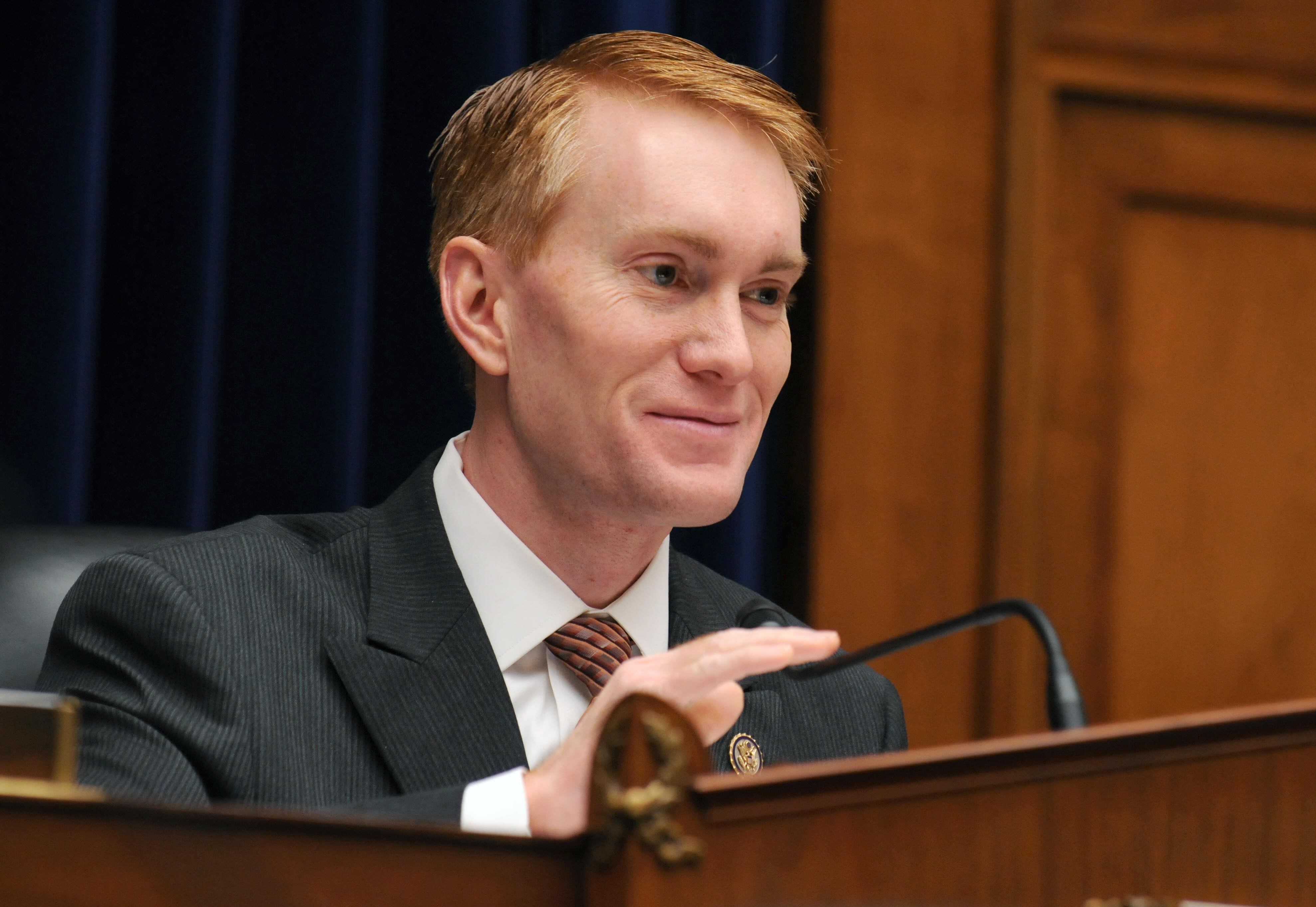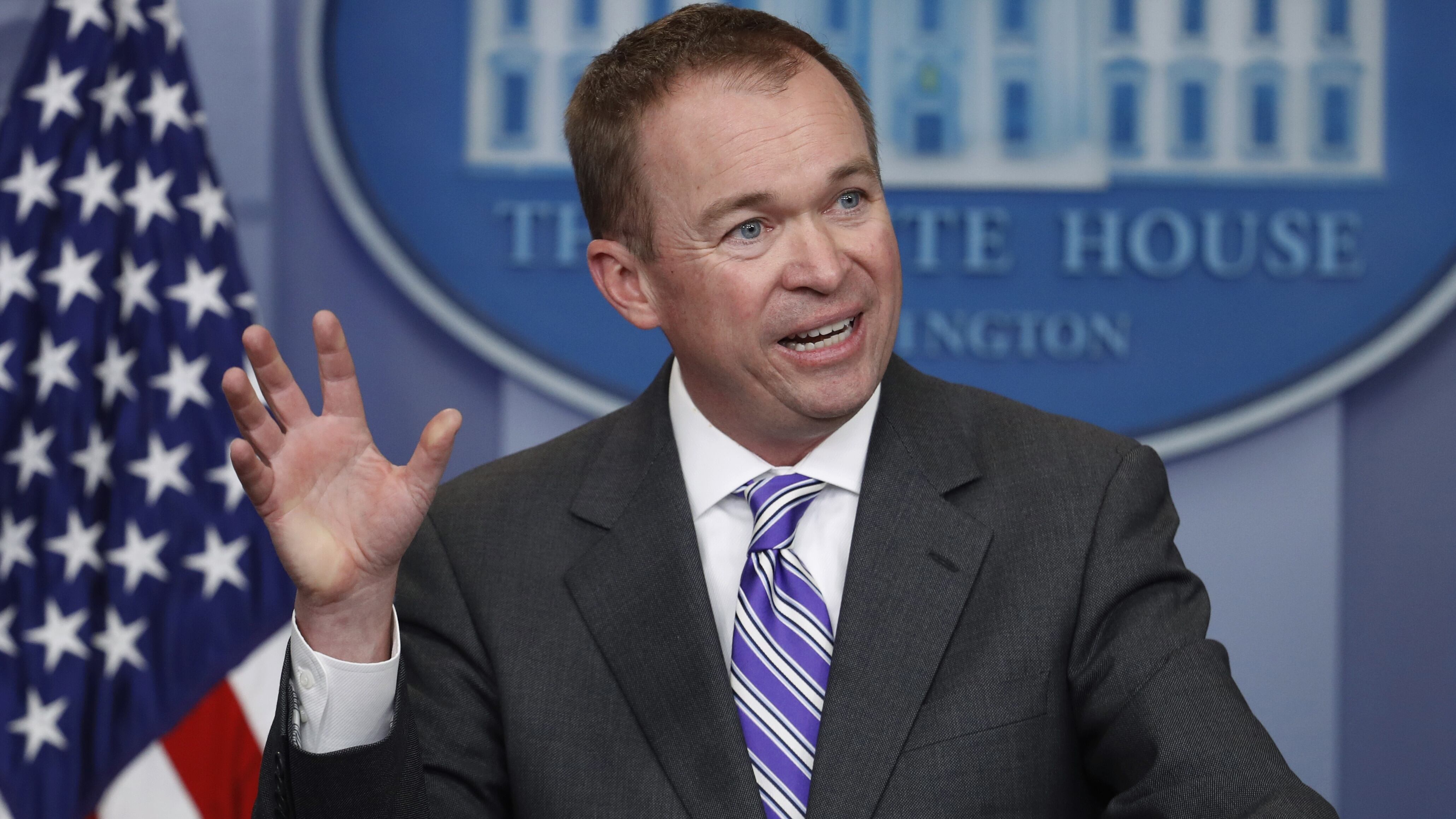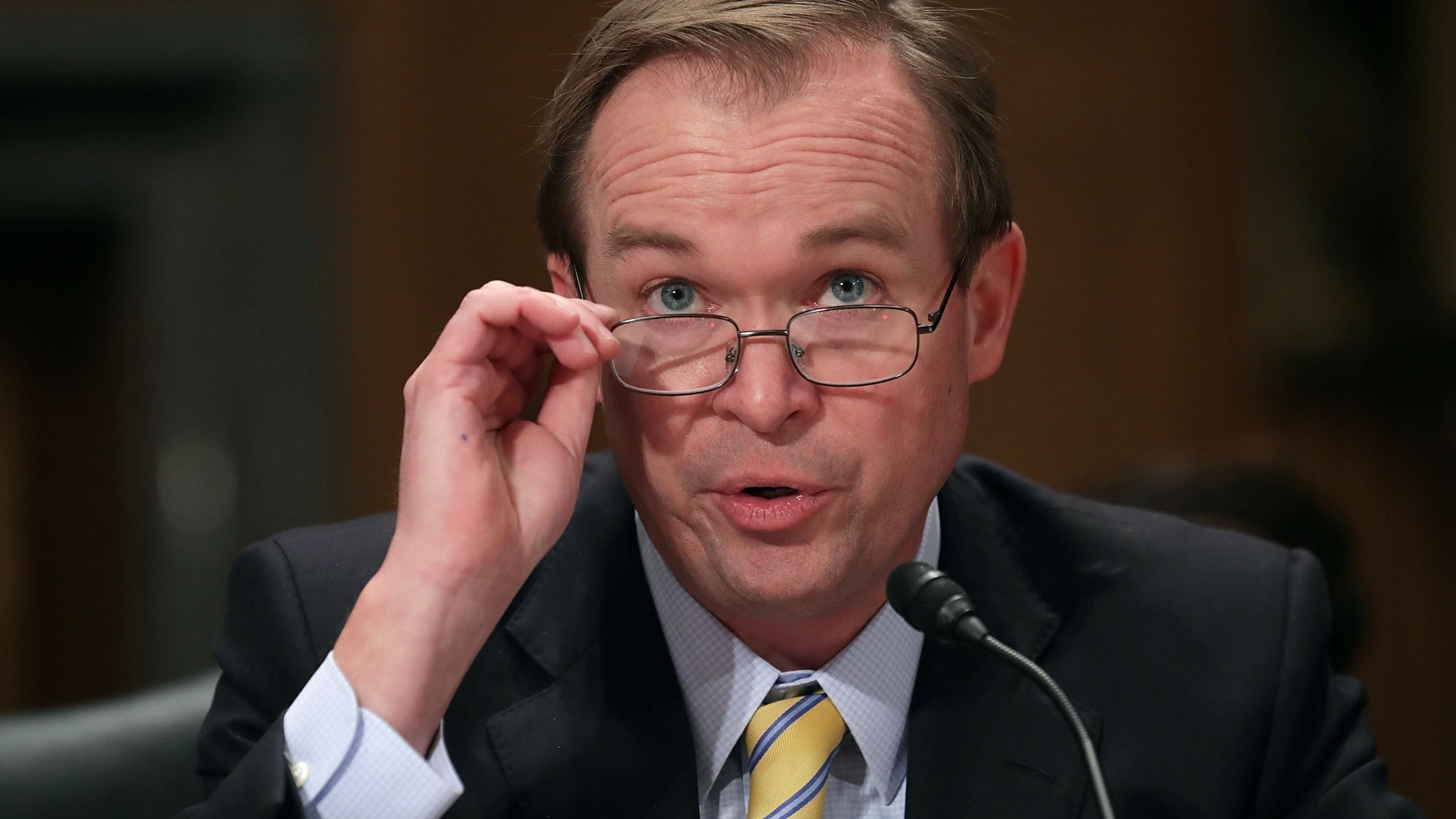The White House’s Office of Management and Budget today released its sweeping plan for government reorganization, which includes drastic changes to agency structures and responsibilities.
“This effort, along with the recent executive orders on federal unions, are the biggest pieces so far of our plan to drain the swamp. The federal government is bloated, opaque, bureaucratic, and inefficient. President Trump understands the frustration felt by hard-working Americans,” said OMB Director Mick Mulvaney in a news release on the plan. “I am eager to work with my colleagues across the executive branch and in Congress to deliver a more trusted and efficient government that puts the American taxpayer first.”
The reorganization plan stems from a March 2017 executive order that called for a reshaping of the executive branch. The news release said that the reorganization aims to eliminate problems that many American citizens and companies face in having to deal with multiple agencies to resolve one concern or meet one requirement.
RELATED

Perhaps the most drastic element of the reorganization plan includes a merging of the Departments of Education and Labor, in order to better transition students into various workforce programs. The Department of Education is a relatively small agency, with just under 4,000 full-time employees in 2017. Comparatively, the Department of Labor had over 14,000 employees in the same year.
The combined agency would be called the Department of Education and the Workforce.
“Merging ED and DOL would allow the federal government to address the educational and skill needs of American students and workers in a coordinated way, eliminating duplication of effort between the two agencies and maximizing the effectiveness of skill-building efforts,” the reorganization plan said.
The plan would also move the federal food stamp program from under the control of the Department of Agriculture to the Department of Health and Human Services and rename the agency to become the Department of Health and Public Welfare.
Within that newly named agency, the plan proposes to establish a Council on Public Assistance that would design work requirements for various welfare programs and coordinate with state and local officials.
Under the current organization structure, HHS already administers the Temporary Assistance for Needy Families, Head Start, Child Care and Low Income Home Energy Assistance programs.
RELATED

The plan also proposes to dismantle the Office of Personnel Management and divide its current responsibilities between two new offices.
The employee services functions of the OPM would be moved under the authority of the Executive Office of the President and prioritize the delivery of fee-for-service IT solutions for human resources management at other federal agencies.
Meanwhile the remaining retirement, health insurance and human resources services of OPM would be combined with elements of the General Services Administration to form a new Government Services Agency.
“Both the proposed structural streamlining – including the elevation of OPM to within the Executive Office of the President – and the added emphasis on OPM’s core functions of providing human capital policy and oversight solve many problems that have for nearly two decades plagued federal human capital processes and practices,” Senior Executives Association President Bill Valdez said in a news release. “OPM’s current structure prevents it from being the expert consultative human capital office the federal government desperately needs.”
RELATED

OPM, which has already seen the responsibility for conducting Pentagon security clearance investigations taken from its National Background Investigations Bureau and moved under Department of Defense leadership, would also see its entire background investigation responsibilities moved to the DoD under the reorganization plan.
The Defense Information Systems Agency has already made headway into improving the security clearance backlog, which was placed on the Government Accountability Office High Risk list in January 2018, through the development of an electronic application to replace the current e-QIP system. DISA’s application will soon enter testing with Army users, with a planned rollout for late 2018.
The plan also proposes to restructure the Postal Service to prepare it for potential transition into a privately held corporation, impacting the over 500,000 career employees working there as of 2017.
The administration will additionally directly impact the federal workforce by developing a Department of Homeland Security- and OMB-led workforce capability to resolve cybersecurity workforce shortages within the federal government.
The plan also includes proposals to merge a number of agency components and create a Bureau of Economic Growth within the Department of Commerce.
But many of these major organization changes would require congressional approval, a tall order for an election-year Congress that has historically struggled to reach consensus on sweeping changes such as healthcare reform.
“The White House also must get congressional buy-in and bipartisan support, make substantial, upfront investments and plan for sustained attention over many years,” said Partnership for Public Service President and CEO Max Stier. “Congress will have an essential role in evaluating the administration’s plan, challenging assumptions and asserting itself as a co-equal branch with the authority and ability to shape federal agencies and programs.”
The reorganization effort originally called for public input on how to more efficiently organize federal agencies, but those comments appear to have gone missing. A Freedom of Information Act request submitted in July 2017 by the Public Employees for Environmental Responsibility returned a notification that “no responsive records were located” concerning public comments on government reorganization.
Not everyone is confident that such a sweeping organization would be possible, let alone produce the kinds of changes the administration is hoping for.
“When our government fails to meet citizen expectations, the problems typically stem from people and culture issues, such as shortages in mission-critical talent and the performance and management skills of senior leaders, not how an agency is organized.” said Stier. “No one can reasonably dispute that our government needs reform, but structural reorganizations are rarely the most effective way to improve service to our citizens.”
Jessie Bur covers federal IT and management.





